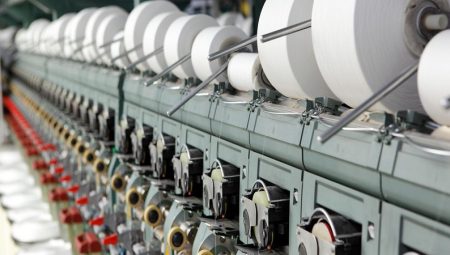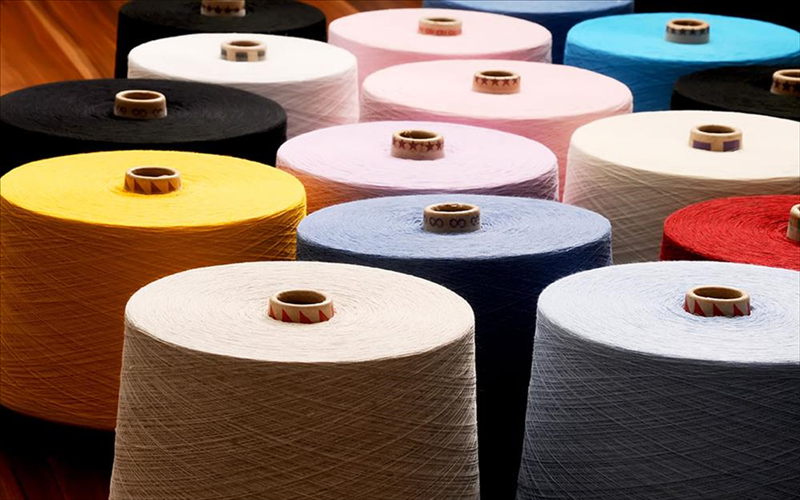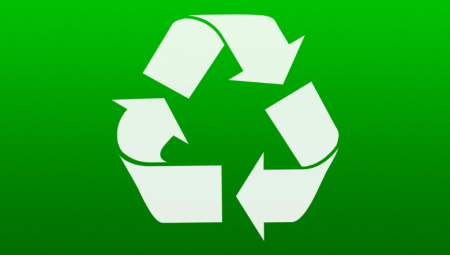**Regenerated Yarn Prices: Sustainability and Economic Factors**
Regenerated yarn, produced from recycled textile waste, has become a material that is increasingly in demand in the textile sector in recent years. Both being environmentally friendly and offering economic advantages have increased the popularity of regenerated yarns. However, there are many factors that affect regenerated yarn prices. This article will discuss the main factors that determine regenerated yarn prices and the current situation in the market.
### Factors Affecting Regenerated Yarn Prices
1. **Raw Material Source and Quantity:**
The raw materials used in regenerated yarn production are generally textile waste, recycled clothing and production residues. The quality and quantity of these raw materials directly affect yarn prices. For example, yarns produced from high-quality recycled materials may be more expensive. In addition, fluctuations in raw material supply may also cause changes in prices.
2. **Production Processes and Technology:**
The technologies used in regenerated yarn production have a major impact on costs. While more advanced and efficient production methods can reduce costs, more traditional methods can increase costs. In addition, the amount of energy and labor costs used in the production process are also reflected in prices.
3. **Market Demand:**
The demand for regenerated yarns significantly affects prices. With the increasing interest in sustainable fashion and textile products, the demand for regenerated yarns has also increased. This increase in demand can cause prices to rise. However, increasing competition in the market can balance prices.
4. **Economic and Political Factors:**
Economic and political factors such as exchange rates, customs duties and government incentives can directly affect regenerated yarn prices. Especially for companies that import and export, fluctuations in exchange rates are an important factor affecting costs and therefore prices.
### Regenerated Yarn Prices in Turkey
Turkey is an important producer and exporter in the textile sector and has great potential in regenerated yarn production. Regenerated yarn prices in the country vary in line with the factors mentioned above. However, in general, regenerated yarn prices are at a more competitive level compared to newly produced yarns. This contributes to the increase in demand for regenerated yarns in both local and international markets.
### Future Course of Regenerated Yarn Prices
How regenerated yarn prices will shape in the future depends on many variables. The increase in sustainability-oriented production and consumption habits may increase the demand for these yarns and therefore their prices. On the other hand, technological developments and increased efficiency in production processes may reduce costs and make prices more accessible.
### Conclusion
Regenerated yarn prices are affected by many factors such as the quality of the raw material, production technologies, market demand and economic factors. With the widespread understanding of sustainability in the textile industry, it is a matter of curiosity how the prices of regenerated yarns will shape in the future. However, considering the environmental and economic advantages of these yarns, it is certain that their importance in the sector will continue to increase. In this context, prices are also expected to remain at a competitive level.





